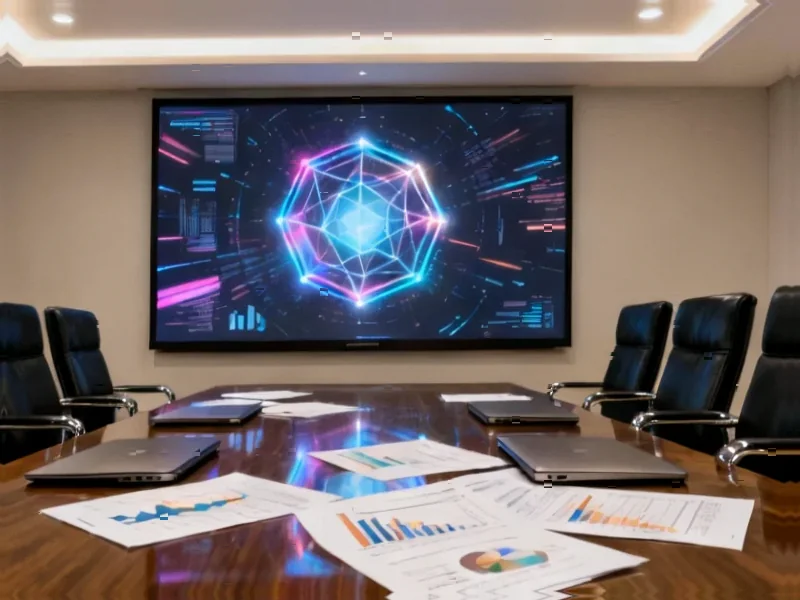According to Innovation News Network, we’re entering an era where human decision-making integrates with machine input through what’s being called “collective moral imagination.” The World Economic Forum’s 2025 report highlights an AI software twin trained on 800 brain scans of stroke patients that delivered impressive results when trialed on 2,000 patients. In finance, PwC projects assets managed by robo-advisors will skyrocket to $5.9 trillion by 2027, more than double the $2.5 trillion recorded in 2022. Across healthcare, autonomous vehicles, and financial sectors, this human-machine collaboration aims to create more inclusive, responsible, and ethically sound decisions. The approach combines human empathy with AI’s analytical capabilities to reimagine ethical solutions and promote shared moral responsibility.
Healthcare gets a conscience
Here’s the thing about healthcare AI – it’s not just about spotting broken bones better than humans (which it can do, by the way). The real transformation happens when you combine that technical capability with human context. Think about it: an AI can analyze thousands of brain scans in minutes, but it takes a doctor to understand the patient’s life circumstances, family support, and personal values. That’s where the “deep medicine” concept really shines. Instead of replacing doctors, AI becomes their super-powered assistant, handling the data crunching while humans focus on the healing relationship. But there‘s a catch – we have to design these systems to actually enhance human connection rather than create more screen time for already-overworked medical staff.
Money with morals
Now let’s talk about the most surprising place where morality meets machines: finance. We’re seeing AI move beyond just automating trades and into actually reconfiguring financial ethics. Predictive algorithms can spot dishonest trading patterns before they blow up, giving human regulators a chance to step in. And those robo-advisors managing trillions? They’re not just optimizing returns – they’re being programmed to balance profit with social responsibility. The OECD AI principles give financial institutions a framework to shift from pure profit metrics toward what some are calling “ethical profitability.” But here’s the billion-dollar question: Can you really code morality into financial systems when the incentives often push in the opposite direction? The answer seems to be that you need humans in the loop to catch what algorithms miss – like contextual fairness that numbers alone can’t compute.
When cars have conscience
Remember the trolley problem from philosophy class? Well, it’s not just academic anymore – it’s being programmed into self-driving cars right now. The Moral Machine concept shows how hybrid moral imagination works: AI sensors provide situational awareness about road conditions, obstacles, and probabilities, while human ethical reflection helps determine the least harmful outcomes. Basically, we’re creating cars that don’t just drive themselves – they make moral calculations in split seconds. And as these vehicles learn from real-world data, they’re becoming what researchers call “compassionate copilots.” But let’s be real – teaching machines ethics is messy. Whose morality are we programming? Different cultures have different values, and translating human nuance into algorithms is… complicated, to say the least.
The partnership paradigm
So where does this leave us? We’re not talking about machines replacing human judgment – we’re talking about a fundamentally new way of making decisions together. The key insight from institutions like University Canada West and others is that we need systems designed for collaboration, not just automation. That means ongoing dialogue between technical teams and ethicists, transparent algorithms that humans can understand, and continuous supervision across the entire AI lifecycle. The goal isn’t perfect AI – it’s better human-machine teams. And honestly, that might be the most exciting development in technology right now. We’re not building robots to think for us; we’re building partners to think with us. How’s that for a future worth imagining?




